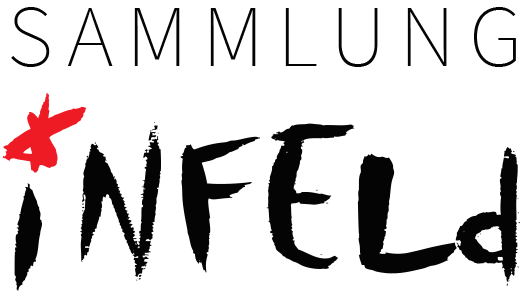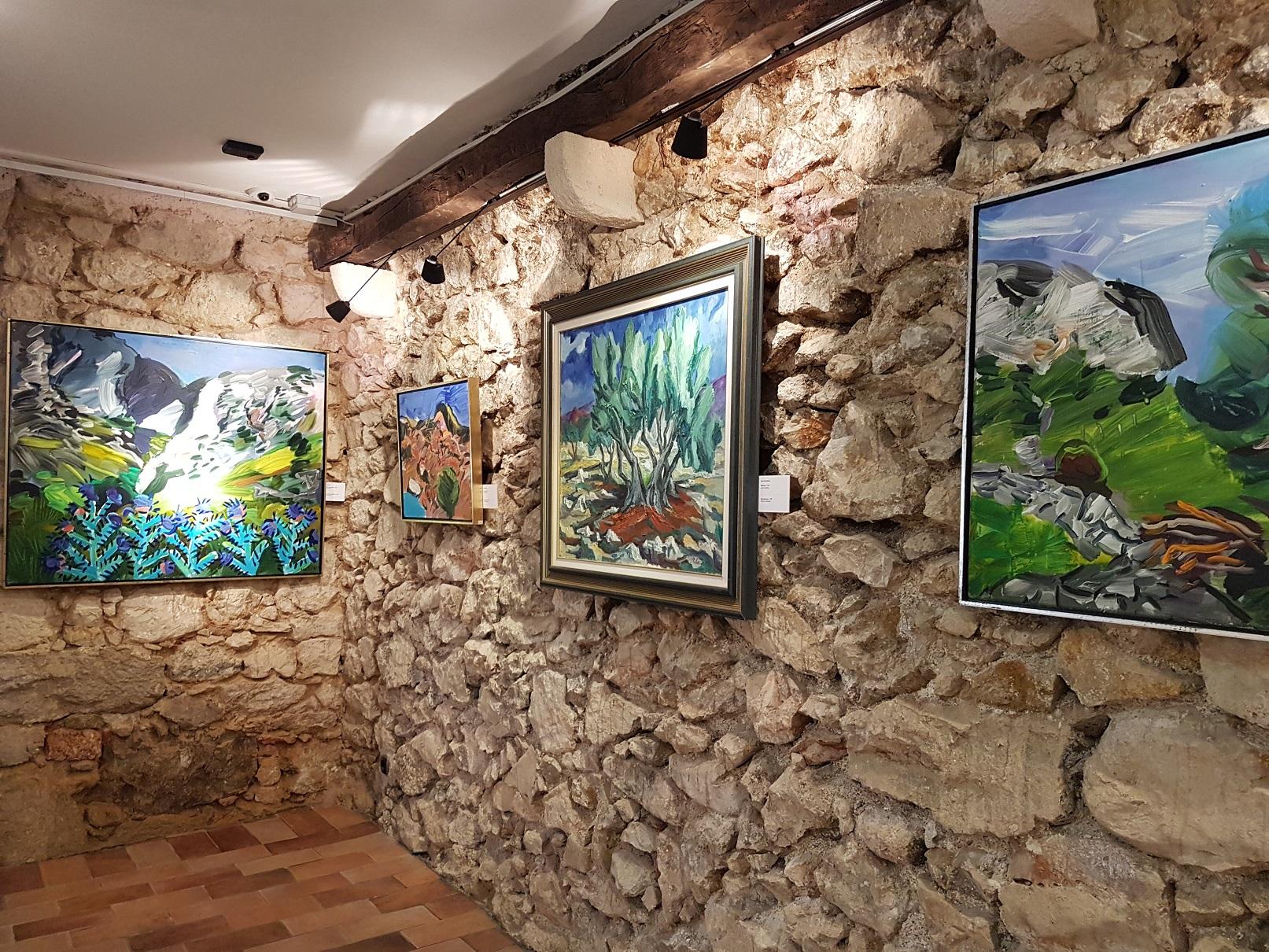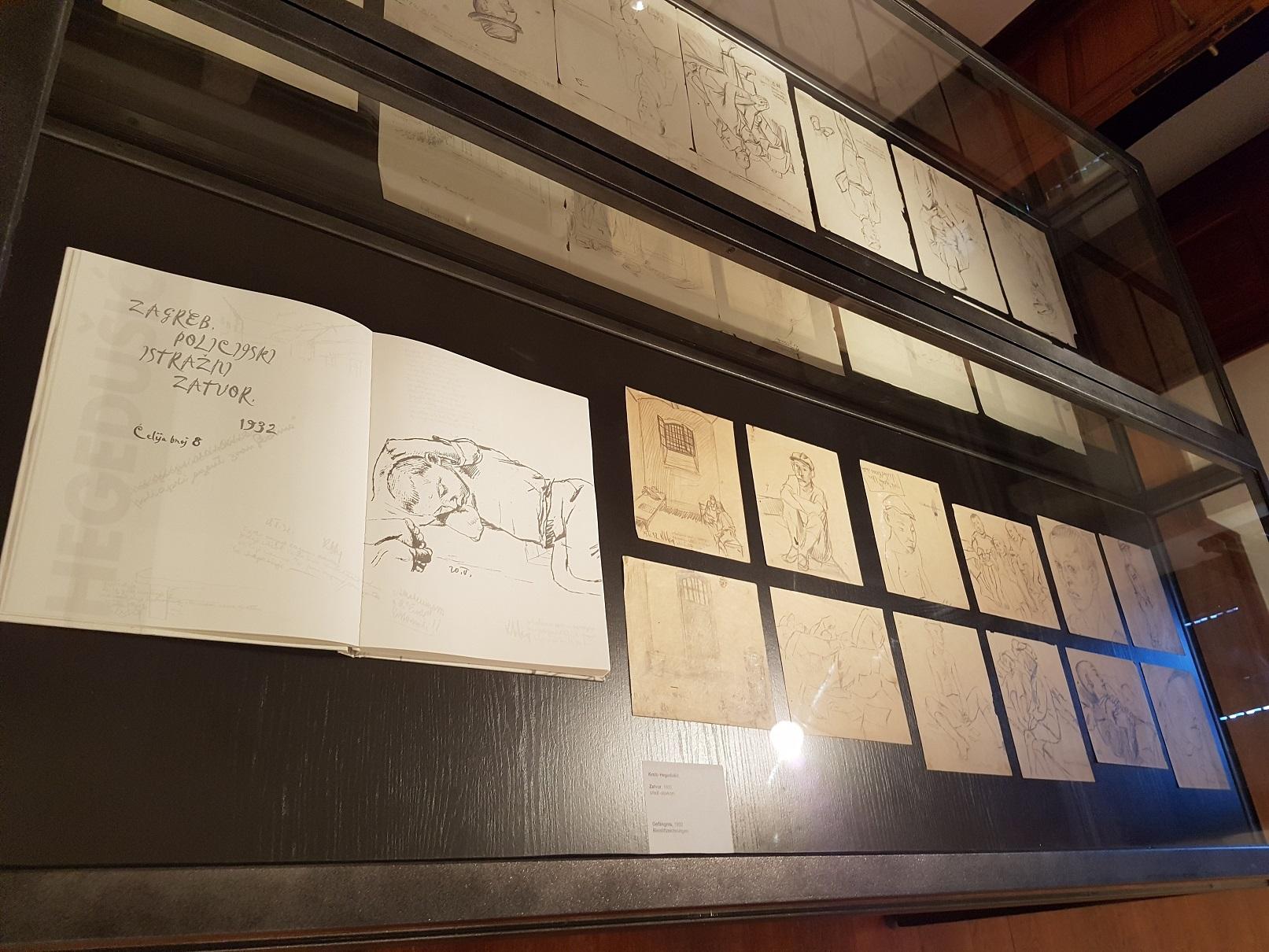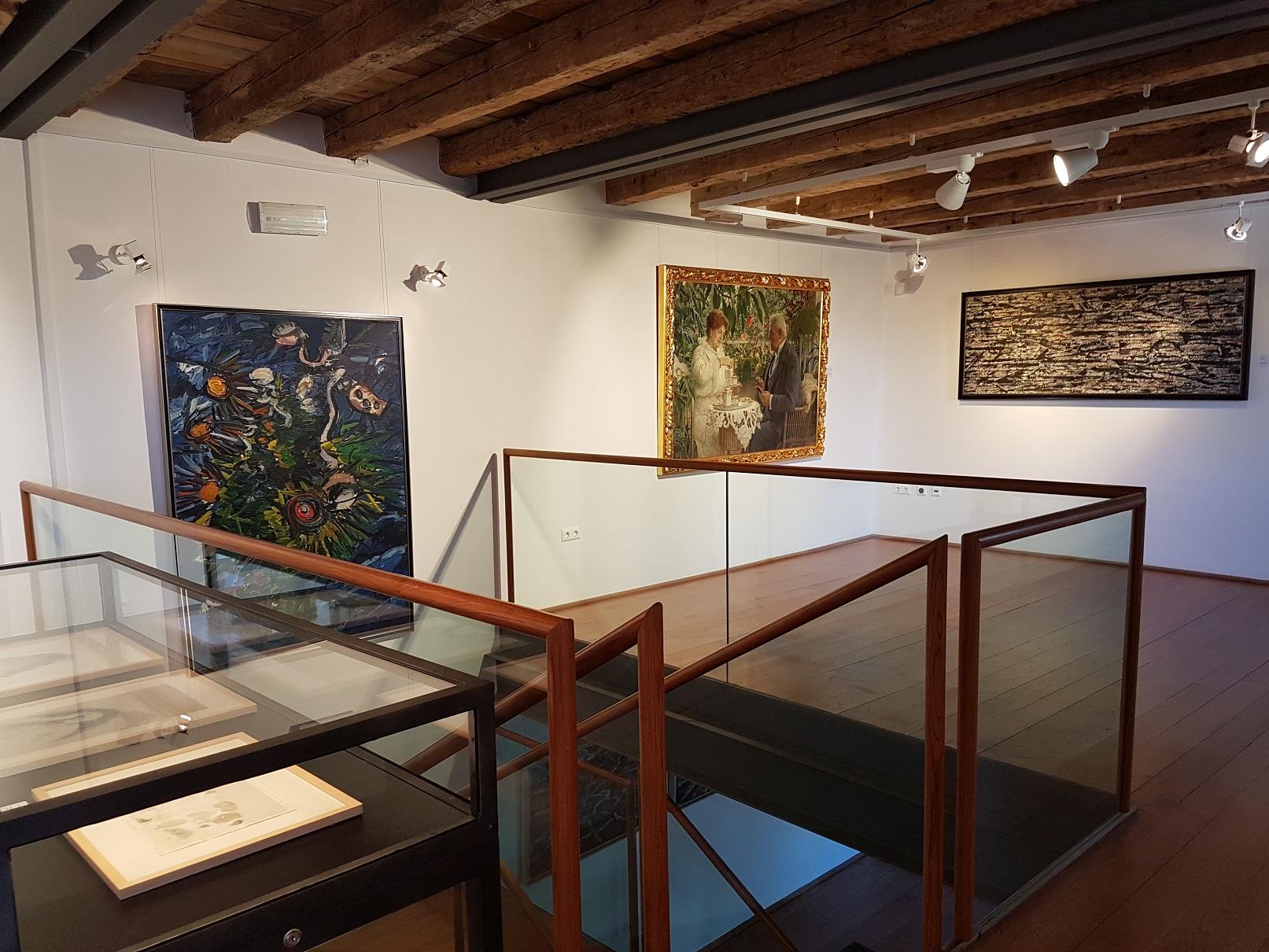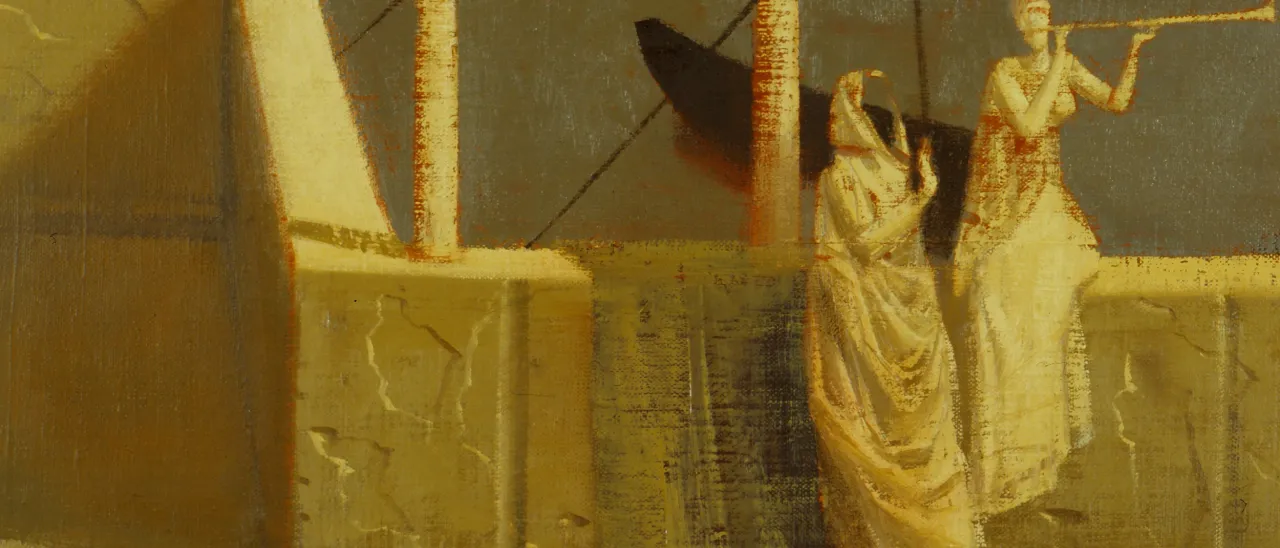
Croatian Art of the 20th Century
The year 2017 is a year of cultural relations between Austria and Croatia. On this occasion, the Infeld Cultural Center in Dobrinj presents a comprehensive exhibition of works of key figures of Croatian art of the 20th century.
The first of these is the outstanding representative of Croatian Jugendstil Vlaho Bukovac (1855-1922). As Professor at the Academy of Fine Arts in Prague, painter and cosmopolitan, Bukovac left behind 400 portraits and 150 paintings. The two figures in the painting "A couple having coffee in the winter garden," which can be seen in Dobrinj, are vivid, tender and fragile at the same time.
Silent, touching pictures are provided by Zoran Antonio Music (1909-2005). His moving life is a piece of contemporary history: born in Austria-Hungary, he was transported to Dachau concentration camp in 1944. The painting of music is initially characterized by childhood memories. One example is the painting "Two sitting boys." After the Second World War, the artist primarily created abstracted poetic landscapes characterized by a reduced use of color. "My pictures emerge from myself, from memory. I have to process what is inside me. What I experienced had to mature inside. Then, it is slowly coming out," said Music.
Krsto Hegedusic (1901-1975) strove to democratize art. He was a representative of the "Earth" group and a professor at the Academy of Fine Arts in Zagreb. Regardless of stylistic movements, he wanted an art that reflects the social milieu from which it originates. In the 1930s, he founded the Hlebiner School of the Naive and showed young farmers like Ivan Generalic and Franjo Mraz how to paint without influencing them. In Dobrinj, in addition to works from the 1930s and 1940s with motifs from Hlebine, prison drawings by Hegedusic are shown as well. These were created in 1931-1941, while the artist was imprisoned for weeks in Koprivnica, then in Zagreb, and lastly in the Gospic concentration camp for crimes against the state. Dozens of drawings were made, with the help of which Hegedusic could more easily cope with the prisoner’s everyday life.
Works by painter, graphic artist, and stage designer Edo Murtic (1921-2005) were already exhibited in 1999 in Dobrinj. At that time, Peter Infeld wrote: "Art and friendship will survive forever." As a representative of modernity and romanticism in his work, Murtic painted very intensively. With the power, the freshness and the uniqueness of his brush stroke, he tells tales about the Croatian island paradise in his work. The artist loved to be out by boat on the Adriatic, which God created with special love. He reproduced the experience, not the seen. The color in his painting does not replace nature, it is nature itself. For Peter Infeld, he created the "Mediterranean Garden"; the large-scale work is exhibited in Dobrinj.
As a painting nostalgic, Vasilije Jordan (1934) created a self-contained, self-consistent pictorial world. He looks at scenes and shapes from the past to figure out what he needs to build his world, and he leads his visions. The result is a specific surrealism. Jordan is an authentic lyricist of visual memories: he finds food for his work in the magic world of old photographs from the turn of the century, presents them in the present, and reminds the observer of the inevitability of the transience of time.
The island of Krk is closely linked to the work of Oton Gliha (1914-1999). While studying at the Academy of Fine Arts in Zagreb, he met and married the painter Mila Kumbatovic. In Omisalj, the birthplace of his wife on the island of Krk, the Gromacas attracted his attention and soon influenced his life and work.
In 2000, Peter Infeld exhibited works by Gliha in Dobrinj and wrote: "I was instantly fascinated by the abstract shapes following a mystical geometry. These loosely cut, lithic boundaries had an archaic charisma for me, not randomly arranged in fields, yet rather like a spider web following an odd geometry, which, as if guided by an invisible hand, running across the whole island."
Gliha paints the Gromacas as the heart of the landscape of Krk, seen from a bird's perspective. For him, the small Mediterranean fields and meadows, surrounded by low stone walls, resemble the Glagolitsa. The Slavic script, emerged in the mid-9th century, was used in Croatia until the 19th century. In his intense experiencing ability, Gliha felt the same creative spirit in the Gromacas as in the Glagolitic script.
